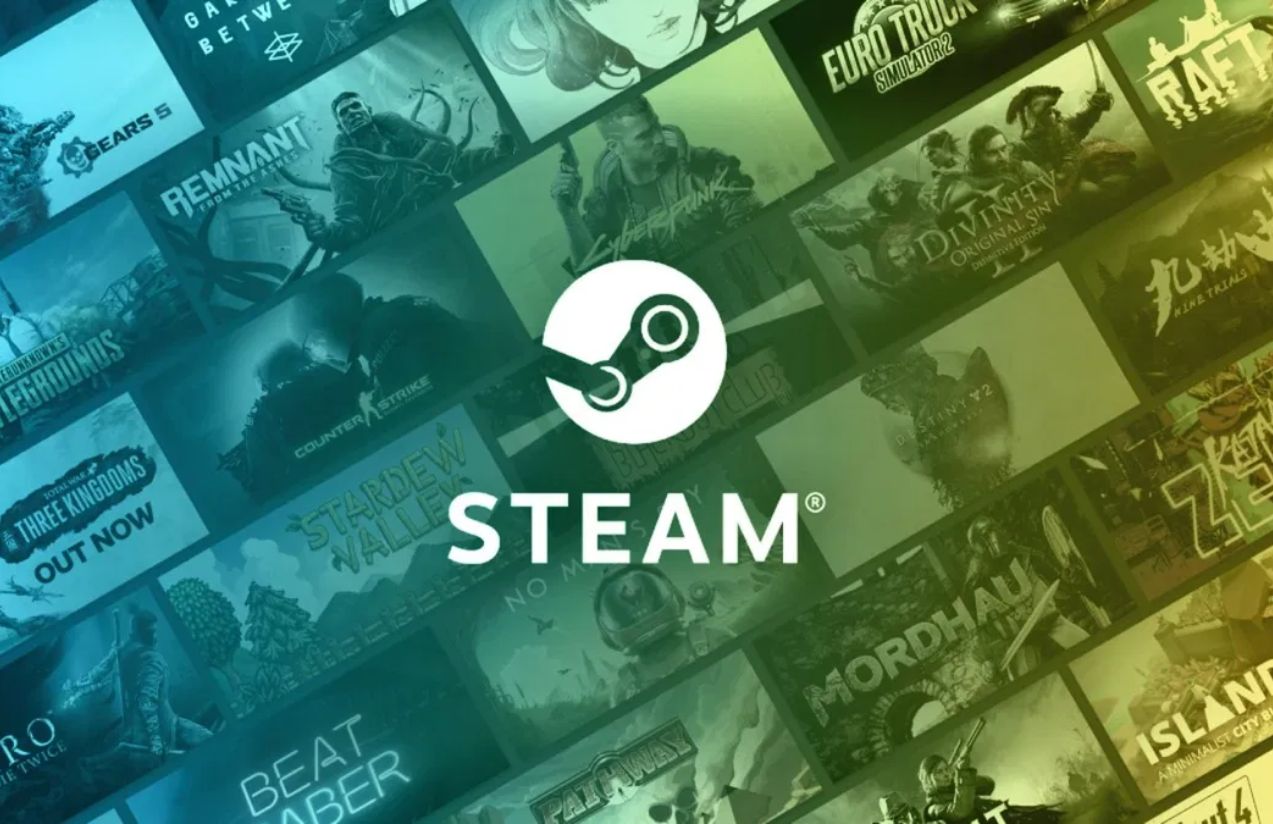As generative artificial intelligence reshapes the creation and consumption of digital content, the video game industry is undergoing a quiet yet profound transformation. Just a year ago, only 1% of Steam games reported using this technology. Today, that figure has skyrocketed, signaling a pivotal shift in how games are designed, developed, and even marketed.
According to a recent analysis by former Valve developer Ichiro Lambe, based on data from the Steam API, 7,818 titles released in 2025 have explicitly disclosed the use of generative AI at some point in their development. This accounts for about 7% of Steam’s total catalog — currently around 114,000 games — but the most striking statistic is that nearly 20% of this year’s new releases have openly integrated AI tools. That means one in every five games launched in 2025 is using generative AI.
Thanks to Steam’s transparency requirements, which oblige developers to declare AI use in their product listings, it’s clear that the technology is being applied in a wide range of areas — from generating characters, environments, and objects to producing music, voices, dialogue, and translations. Some studios are even leveraging language models to write item descriptions, craft story arcs, or assist with code generation. And it doesn’t stop there: promotional materials and even entire sections of Steam store pages are now being written by AI, according to Lambe.
More and more titles are also bringing generative AI into the gameplay itself, incorporating mechanics driven by this technology. Games like AI Roguelite and Never Ending Dungeon let players create worlds, characters, or scenarios using simple text prompts. Others, such as Akpala or Project Electric Sheep, rely on language models to interpret voice commands or construct dream-inspired environments. In many of these experiences, AI drives narrative decisions, NPC behavior, and the evolution of the storyline as the player progresses.
AI Roguelite stands out as one of the most popular and well-received examples in this emerging wave. With over 400 reviews and an 82% positive rating, it has drawn favorable comparisons to AI Dungeon and its use of LLMs (Large Language Models), such as ChatGPT. Players praise its narrative flexibility and ability to surprise, though some also mention the typical coherence issues associated with generative models. Still, for a segment of the gaming audience, the formula works: “This game lets you do anything crazy… and that’s amazing,” one player noted, as quoted by Lambe.
Some games have even turned to GenAI as a kind of in-game moderator or “police.” In Comedy Night, a project inspired by classic stand-up comedy clubs, players take the virtual stage to deliver jokes, insults, or roasts to other users. “We use AI to detect offensive material uploaded as backgrounds or skins. We also flag offensive room names and descriptions,” the developers explained.
As enthusiasm for generative AI grows, so do concerns — particularly among artists and gamers who question the ethics and originality of AI-generated content. In response, many developers have begun to adopt a more defensive tone in their public communications. Phrases like “all AI-generated content has been reviewed and edited by our art team” or “AI was used only as a support tool” are becoming increasingly common, part of an effort to reassure skeptical players and comply with Valve’s transparency policies.
Still, the actual number of games using generative AI could be significantly higher, especially considering that 2025 is only halfway through. The surge raises critical questions about development transparency — and about what should count as meaningful AI usage in the creation of video games.

